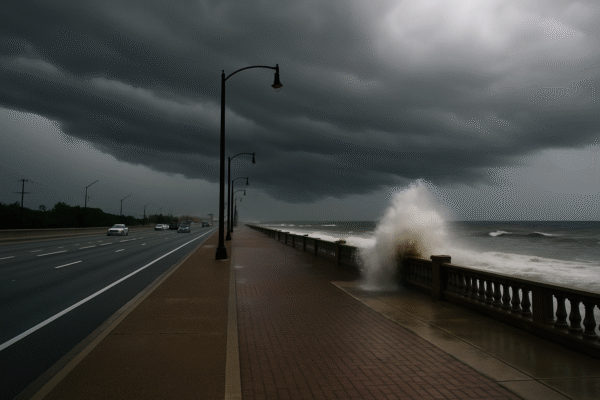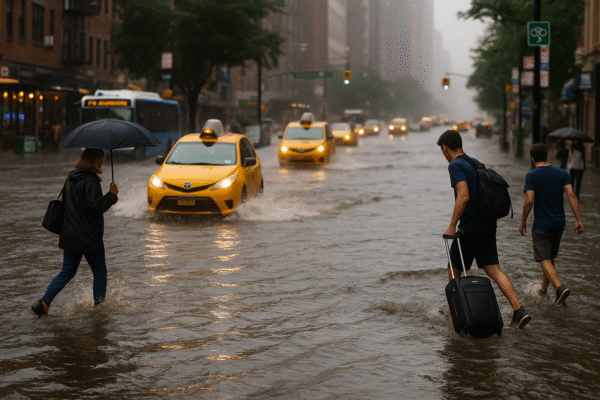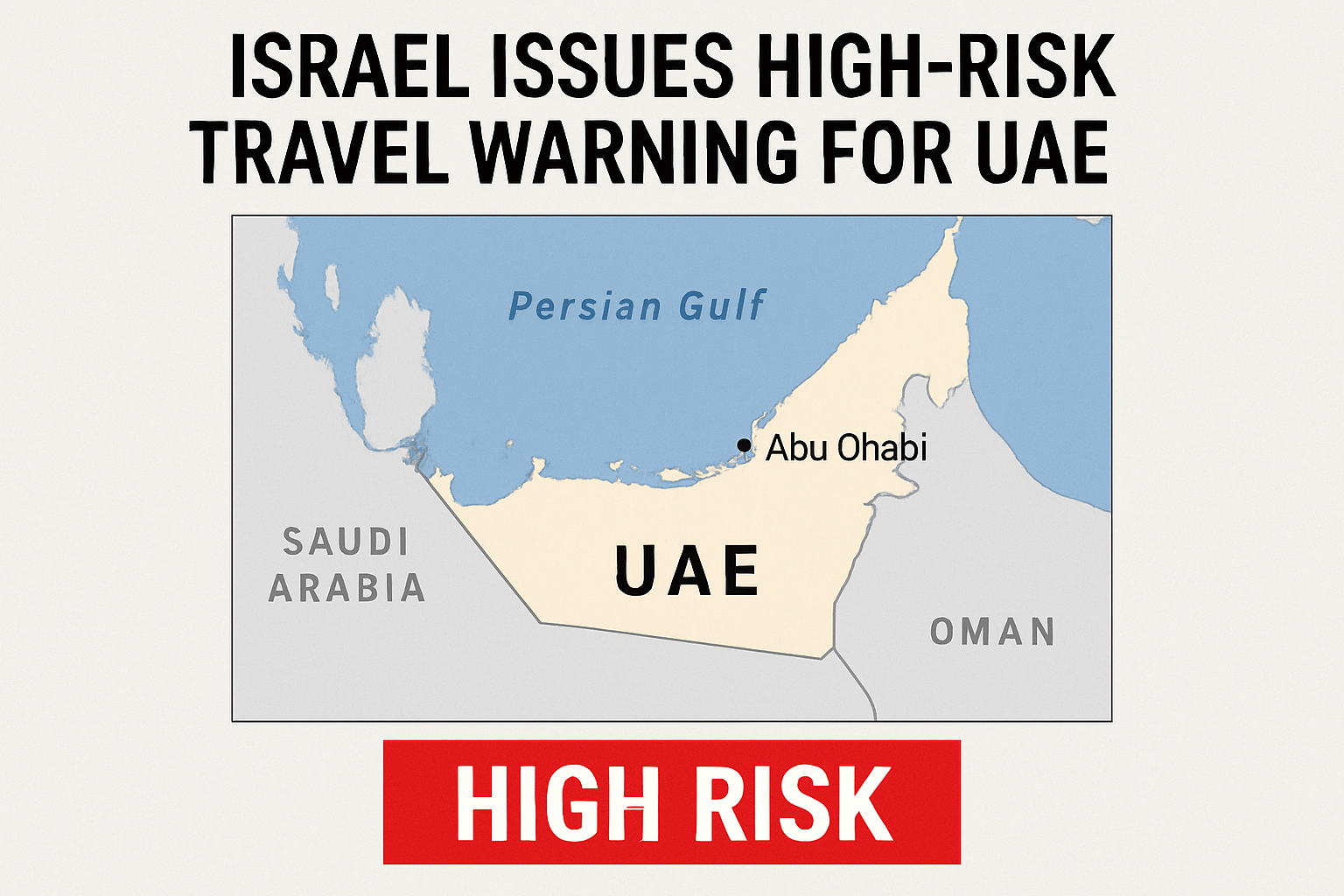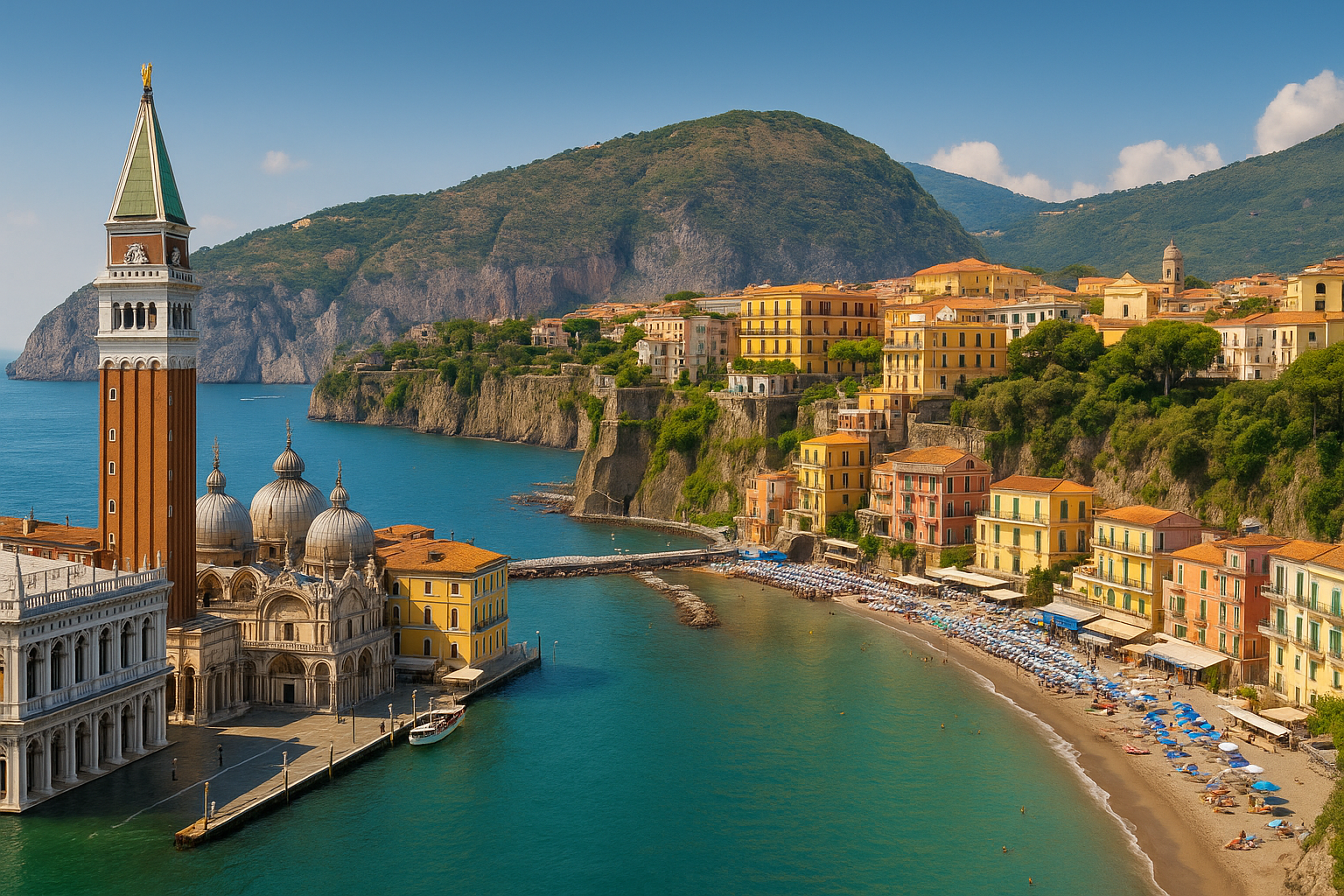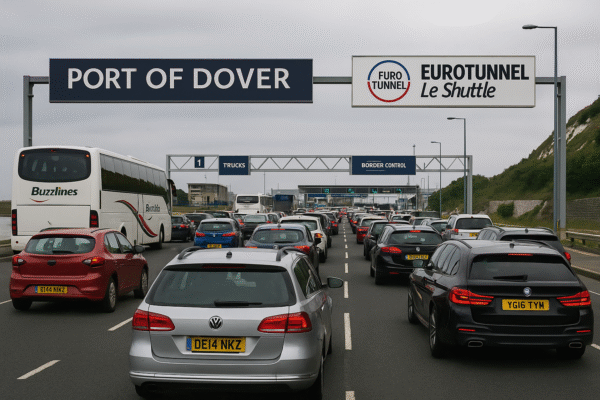Venice, Sorrento, and Sicily Lead Coastal Tourism Surge in Italy as 2025 Ushers in Sustainable Travel Measures
Italy’s renowned coastlines are enjoying an unprecedented tourism surge in 2025, with Venice, Sorrento, and Sicily emerging as flagship destinations in the country’s expanding coastal tourism scene. According to the latest figures from the Italian National Institute of Statistics (ISTAT) and the Ministry of Tourism, international arrivals have grown by 1.8% year-over-year, while domestic travel has also seen a modest rise of 0.6%.
With these figures reflecting a post-pandemic travel revival, Italy’s coastal areas are reaping the economic rewards—while simultaneously facing the challenges of over-tourism and infrastructure strain. The government is now focused on sustainable tourism policies to protect the environmental and cultural heritage that draws millions to its shores.
Top Coastal Destinations: Venice, Sorrento, and Sicily Take Center Stage
Among Italy’s iconic seaside spots, the Sorrento Coast leads in international appeal, boasting 86.4% of its bookings from foreign tourists—predominantly from the United States. Its proximity to the Amalfi Coast, the ruins of Pompeii, and the enchanting Isle of Capri continues to attract culture-seeking travelers year-round.
Meanwhile, Venice and its surrounding Venetian Riviera account for 70% of all international bookings, supported by the allure of gondola rides, Renaissance architecture, and the globally celebrated St. Mark’s Basilica. Sicily, especially along its eastern coast, also reports 67% of its visitors originating from outside Italy, captivated by a mix of Greek ruins, Mount Etna’s dramatic landscapes, and sun-kissed Mediterranean beaches.
Also joining the ranks is Friuli-Venezia Giulia, a northeastern coastal region that remains under the radar yet sees 66% international booking rates—attributing its growth to tranquil beaches, local wine routes, and cultural events in cities like Trieste and Grado.
Economic Boost Meets Infrastructure Stress
The economic footprint of coastal tourism in Italy is immense. From boutique hotels and family-run trattorias to souvenir shops and cultural festivals, the influx of tourists drives significant revenue. Southern Italy, in particular, relies heavily on tourism for employment and local development.
However, with popularity comes pressure. In Veneto, the coastal town of Cavallino Treporti, home to just 13,500 residents, sees an astonishing 150,000 visitors on peak weekends during summer. This 10-fold spike places severe strain on water systems, healthcare access, transportation, and waste management services.
Local mayors across affected regions, including Venice and parts of Campania, have urged the central government for more funding and logistical support. These requests aim to modernize infrastructure, improve public transportation, and increase the capacity of essential services during high tourist seasons.
Sustainable Tourism in Action
Responding to environmental and logistical challenges, the Italian Ministry of Tourism has rolled out a slate of sustainability-driven strategies. The centerpiece of this approach is the promotion of eco-tourism—a model that integrates environmental responsibility with economic opportunity.
Across coastal areas, hotels and resorts are adopting green certification standards, reducing plastic waste, and sourcing food locally. In the Venetian Lagoon, new ferry services powered by biofuels are being piloted, while Sorrento’s hospitality sector is transitioning toward solar-powered facilities.
Slow tourism is also gaining traction, encouraging travelers to spend more time in lesser-known regions, explore nature-based activities like hiking and cycling, and engage directly with local artisans. Initiatives such as farm stays, wine-tasting trails, and guided historical walks are being positioned as alternatives to crowded beaches and overburdened attractions.
Tourist Caps and Entry Fees: A New Approach
To regulate the overwhelming crowds at some of Italy’s most iconic coastal sites, proposals for visitor limits and entry fees are being seriously considered. Venice, already trialing a booking system for day visitors, is exploring a broader entry fee system for peak periods, which could be rolled out in full by late 2025.
Similar considerations are underway for Cinque Terre and sections of the Amalfi Coast, where fragile ecosystems are threatened by foot traffic and unsustainable development. Revenue generated from these charges will be reinvested into maintenance, conservation, and tourism management.
Nationwide Infrastructure Improvements
Another critical pillar of Italy’s tourism policy in 2025 involves expanding and modernizing transport networks. Efforts include improved train connections between coastal towns, new bicycle lanes along popular routes like the Adriatic coast, and an increase in regional ferry services aimed at reducing private vehicle usage.
These transportation reforms are part of a broader national mobility strategy that aligns with the EU’s Green Deal targets and aims to cut tourism-related carbon emissions by 30% by 2030.
Looking Ahead: A Balanced Future for Italy’s Coastal Gems
With visitor numbers expected to rise steadily through 2026, Italian tourism authorities are prioritizing the long-term health of the sector. While international travelers bring invaluable revenue and cultural exchange, sustainability remains the only viable path forward.
Tourists, too, are being encouraged to participate in this movement by choosing eco-conscious accommodations, respecting local customs, and avoiding overcrowded areas during peak times. Education campaigns are rolling out across major airports and train stations to raise awareness about responsible travel practices.
Italy’s coastal towns—from the grandeur of Venice to the sunlit shores of Sicily—are entering a transformative period. If the country can continue aligning economic growth with environmental stewardship, its coastlines will not only survive the tourism boom but thrive in it, offering unforgettable experiences to travelers while preserving the integrity of their landscapes and communities.




